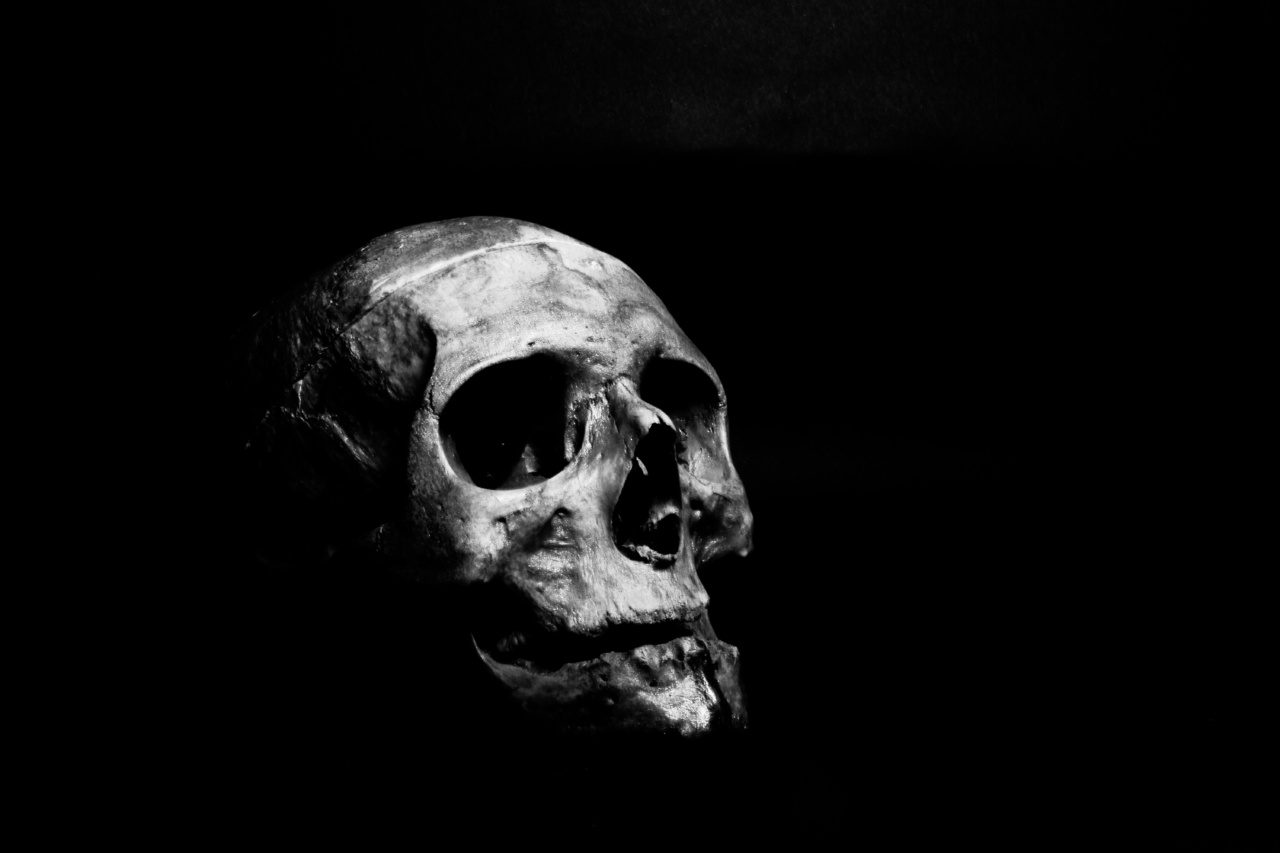Among the various health concerns that afflict millions of people around the world, osteoporosis remains one of the most prevalent and yet highly misunderstood conditions.
Often referred to as the “invisible bone thief,” osteoporosis is a progressive disease that weakens the bones, making them fragile and more susceptible to fractures.
Understanding Osteoporosis
Osteoporosis is a condition characterized by low bone mass and deterioration of bone tissue, leading to increased bone fragility. As a result, the risk of experiencing fractures, particularly in the hip, spine, and wrist, significantly rises.
While the loss of bone density is a natural part of the aging process, certain factors can accelerate the development of osteoporosis.
Risk Factors for Osteoporosis
Several risk factors contribute to the onset of osteoporosis:.
- Age: The risk of osteoporosis increases with age, particularly in postmenopausal women.
- Gender: Women are more prone to developing osteoporosis than men, primarily due to hormonal changes after menopause.
- Hormonal changes: Decreased estrogen levels in women and low testosterone levels in men can contribute to bone loss.
- Family history: Having a family history of osteoporosis increases the risk of developing the condition.
- Dietary factors: Inadequate intake of calcium and vitamin D, as well as excessive consumption of alcohol, caffeine, and sodium, can weaken bones.
- Inactivity: Leading a sedentary lifestyle and lack of weight-bearing exercises can contribute to bone loss.
- Smoking: Tobacco use has been linked to reduced bone density and increased risk of fractures.
- Certain medications: Long-term use of corticosteroids and certain treatments for cancer can affect bone health.
Signs and Symptoms of Osteoporosis
Unfortunately, osteoporosis does not cause any noticeable symptoms in its early stages. However, as the condition progresses, the following signs and symptoms may manifest:.
- Back pain: Depleted bone density and fractures in the spine can lead to chronic back pain and a stooped posture.
- Loss of height: Compression fractures in the spine can cause a gradual loss of height over time.
- Frequent fractures: Osteoporotic bones are fragile and prone to fractures, even with minimal trauma.
- Collapsed vertebrae: Severe compression fractures can result in the collapse of the spinal vertebrae, leading to a hunched appearance.
- Slowed healing: Fractures may take longer to heal in individuals with osteoporosis.
Prevention and Treatment
While osteoporosis is a chronic condition, there are measures individuals can take to reduce their risk or manage the disease:.
- Diet: Consuming a balanced diet rich in calcium, vitamin D, and other essential nutrients is crucial for maintaining bone health.
- Exercise: Engaging in weight-bearing exercises such as walking, dancing, and weightlifting can help improve bone density and strength.
- Avoiding smoking and excessive alcohol consumption: Quitting smoking and limiting alcohol intake can help minimize bone loss.
- Fall prevention: Taking steps to prevent falls, such as removing hazards at home and using assistive devices, can lower the risk of fractures.
- Medications: Certain medications, including bisphosphonates and hormone replacement therapy, may be prescribed by healthcare professionals to slow down bone loss or stimulate new bone formation.
Living with Osteoporosis
Osteoporosis is a condition that requires long-term management. While it may be invisible, the impact of osteoporosis on a person’s quality of life can be significant.
However, with appropriate treatment and lifestyle modifications, individuals with osteoporosis can continue to lead fulfilling lives and reduce their risk of fractures.
Living with osteoporosis involves:.
- Regular check-ups: Routine bone density tests and consultations with healthcare professionals are essential for monitoring the progression of the disease and adjusting the treatment plan if necessary.
- Falls prevention: Taking extra precautions, such as wearing sturdy shoes, using handrails, and ensuring well-lit areas, can help prevent falls and subsequent fractures.
- Support: Joining support groups or seeking counseling can provide individuals with osteoporosis the opportunity to connect with others facing similar challenges, share experiences, and gain emotional support.
- Embracing assistive devices: Utilizing assistive devices such as canes, walkers, or braces can aid in maintaining mobility and independence, while also reducing the risk of falls and fractures.
Conclusion
Osteoporosis, often called the “invisible bone thief,” poses a significant threat to millions of individuals worldwide.
By understanding the risk factors, signs, and symptoms of osteoporosis, as well as implementing preventive measures and appropriate treatment options, it is possible to minimize the impact of this condition and maintain optimal bone health. With early detection, proper management, and ongoing support, individuals can combat the invisible bone thief and continue to lead active, fulfilling lives.





























